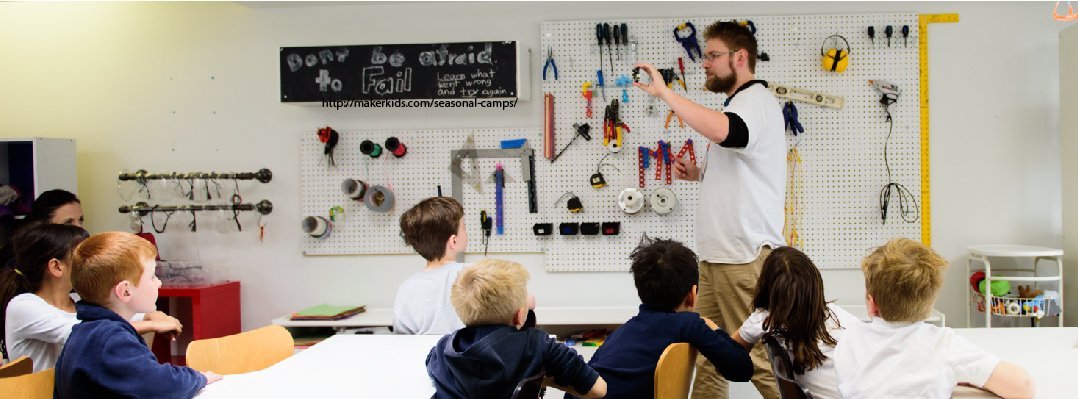 New ideas are very exciting to me, especially in areas that have stayed the same for a long time. So it was was with great interest and excitement that I read Elon Musk’s concept of the HyperLoop. Essentially, this is a small ultra-high speed train travelling in an almost vacuum filled tube at speeds of 1100 km/hr. Two tubes are used for the vehicles travelling in each direction.
New ideas are very exciting to me, especially in areas that have stayed the same for a long time. So it was was with great interest and excitement that I read Elon Musk’s concept of the HyperLoop. Essentially, this is a small ultra-high speed train travelling in an almost vacuum filled tube at speeds of 1100 km/hr. Two tubes are used for the vehicles travelling in each direction.
I even have an idea that could help make it better!
Musk’s well written concept puts the cost at about 1/10th the cost of normal high speed rail, with significantly higher speeds. Elon Musk is also behind SpaceX, which has designed, built and launched rockets that have sent many payloads into space, including cargo missions to the space station – the only private company to do so. He is also behind Tesla Motors, which makes amazing electric cars. So he has a track record in designing innovative and functional transportation systems.
Musk has called the Hyperloop an open source design, asking for criticism and improvements. The idea is so new that people have not fully digested it yet, but there has been some preliminary feedback.
One criticism is that of heat. Although the tube is partially evacuated of air, at the high speeds it is travelling at, the vehicle encounters something called the “Kantrowitz Limit”. Basically this means that unless the tube is much larger than the vehicle, the system begins to act as a syringe, with the vehicle pushing a column of air in front of it. This causes very high resistance, and makes the system inefficient.
So to solve this without increasing the size of the tube, the hyperloop vehicles have a huge air compressor at the front that sucks in air, and shoots it out the back. Sam Jaffe, senior research analyst at clean technology firm Navigant Research had a look at the proposal, and worries that the system won’t be able to handle the heat that this causes. The Hyperloop has a water tank that is used as coolant. The steam generated from cooling would be stored in a tank and released at stations. Jaffe says “Although the thermodynamic calculations are correct, a small pod with only a few cubic feet of room for a heat exchanger leaves little space for an efficient exchange of heat.”
So that got my brain thinking about how to solve this problem. Now I am certainly not an engineer, just a tinkerer that loves a problem.
One solution is to make the tube larger. This would mean that you are not pushing the Kantrowitz Limit as much, and wouldn’t need to push as much air out of the way with the compressor. However, this of course makes everything more expensive.
 So instead, why not make one big tube instead of two smaller ones for each direction? Vehicle going in one direction would travel along the bottom of the tube, and the vehicles travelling in the opposite direction would travel along the top.
So instead, why not make one big tube instead of two smaller ones for each direction? Vehicle going in one direction would travel along the bottom of the tube, and the vehicles travelling in the opposite direction would travel along the top.
The Hyperloop uses skis with air jets in the bottom instead of wheels to provide as low resistance as possible. It should be possible to hang from rails along the top for the vehicles travelling in the opposite direction.
It’s possible that there would be a lot of turbulence buffeting from two vehicle pods passing each other at these extreme velocities. Since the vehicles are launched on a precise 2 minute intervals, these passing zones will happen at predictable 37 km intervals. At these spots, the tube could be separated into two smaller tubes to prevent this turbulence. The compressor might have to work a little harder at those positions, but the overall amount of air compressed, and thus heat generated would be lower overall.
So would a single larger diameter tube be a lot more expensive than two smaller ones? As I said, I’m not an engineer, but I can make some educated guesses.
If the large tube is made of the same amount of metal as the two smaller ones, then I think we can safely say that the system costs would not be increased. The tubes would be about the same to manufacture, the support pylons would be carrying the same weight, so they are the same, etc.
For a cylindrical pressure vessel, as diameter doubles, so does the required tube wall thickness. However, most of the stresses seem to not be related to the pressure. Calculating the tube thickness that is needed for the pressure alone gives us around a 0.05 inch thickness (source: http://checalc.com/calc/vesselThick.html), but the Hyperloop Alpha paper specifies a tube wall thickness between 0.8 and 0.9 inches. So much of the thickness is probably for wind resistance, earthquake resistance, and other stresses.
So with the same amount of metal as the two tubes, we can make a single tube of the same thickness that is almost double the diameter. If there are more forces to take into account, it might have to be less than double. But increasing the tube diameter by any amount should make the whole system more efficient, so there must be a size in there that works!
The Hyperloop is a very ambitious and dramatic idea, and I can’t wait to see it built!
Also Read
“Make” Your Child’s Summer with a MakerKids Camp
Summer camp season is almost upon us. Have you
How Coding Classes Can Lead to a Career in Coding
Often, children are asked the question, what do you
Digital Creativity Unleashed: Coding as a Creative Outlet for Kids
When children learn to code, they’re not only learning









